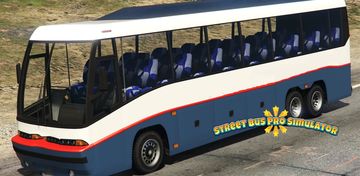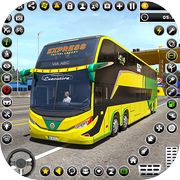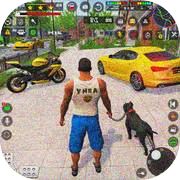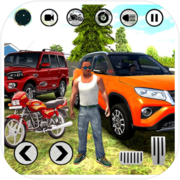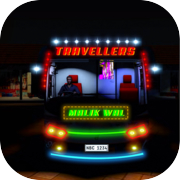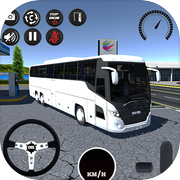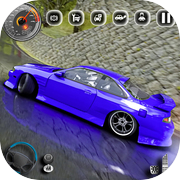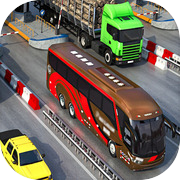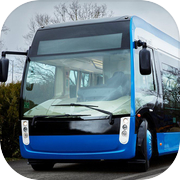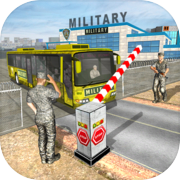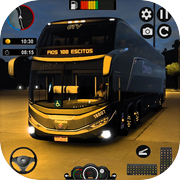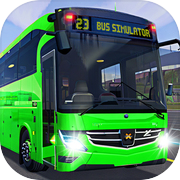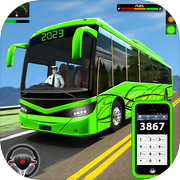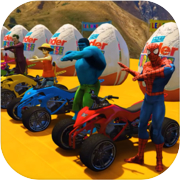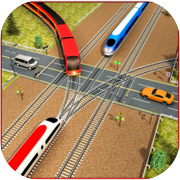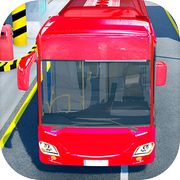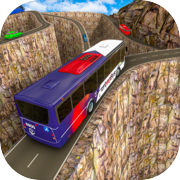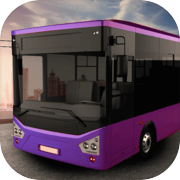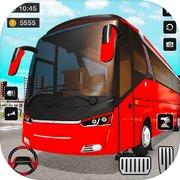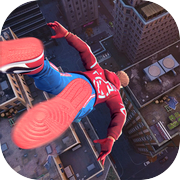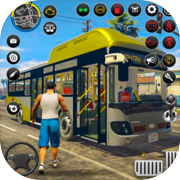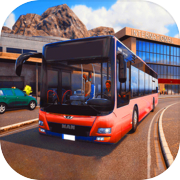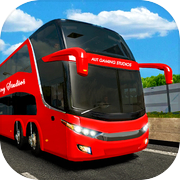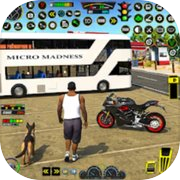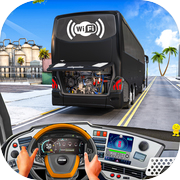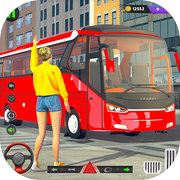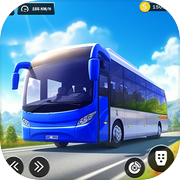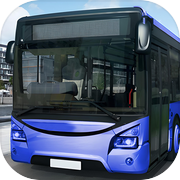Street Bus Pro Simulator
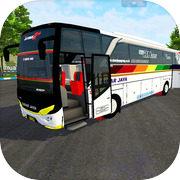
The bus is the main character controlled by the player. It's represented as a sprite or image that moves along the road. The player can control the bus using on-screen buttons or by tilting their device if the game supports accelerometer-based controls.
2. Road and Background:
The game's background consists of a scrolling road to give the impression of the bus moving forward. The road is a continuous strip with various elements like lane markings, scenery, and occasional obstacles or passengers. As the game progresses, the road continuously scrolls, creating the illusion of motion.
3. Obstacles:
Obstacles are objects that appear randomly on the road to challenge the player. These can include other vehicles, traffic cones, potholes, and other hindrances. If the bus collides with any obstacle, the game ends, and the player loses.
4. Passengers:
Passengers are characters or sprites scattered along the road, waiting to be picked up by the bus. The player needs to maneuver the bus close to a passenger to "pick them up," and doing so earns the player points.
5. Scoring:
A scoring system keeps track of the player's performance. The player earns points for picking up passengers successfully, and the score increases as they cover more distance. The goal is to achieve a high score by picking up as many passengers as possible while avoiding obstacles.
6. Game Over:
If the bus collides with any obstacle, the game ends, and the player receives a "Game Over" message. The player is then presented with the option to restart the game.
7. Sound Effects:
Sound effects enhance the gaming experience. They can include bus engine sounds, passenger pick-up sounds, obstacle collision sounds, and background music that plays throughout the game.
Game Flow:
The game starts with the bus positioned on the road, and the scrolling background gives the impression of motion.
The player can control the bus's movements using on-screen buttons or device tilt, making it move left or right on the road.
Random obstacles and passengers appear on the road as the game progresses.
The player must avoid obstacles and collisions while attempting to pick up passengers for points.
Each time a passenger is successfully picked up, the player's score increases.
The game continues until the bus collides with an obstacle or until the player decides to end the game.
Upon collision or game-over decision, the player receives a score and the option to restart the game.
Please note that this description provides a high-level overview of a simple bus game. In a real game development scenario, you'd need to implement these features using appropriate programming languages, game engines, and assets. Additionally, you can expand on this basic concept to add more features, levels, and challenges to make the game more engaging and exciting
2. Road and Background:
The game's background consists of a scrolling road to give the impression of the bus moving forward. The road is a continuous strip with various elements like lane markings, scenery, and occasional obstacles or passengers. As the game progresses, the road continuously scrolls, creating the illusion of motion.
3. Obstacles:
Obstacles are objects that appear randomly on the road to challenge the player. These can include other vehicles, traffic cones, potholes, and other hindrances. If the bus collides with any obstacle, the game ends, and the player loses.
4. Passengers:
Passengers are characters or sprites scattered along the road, waiting to be picked up by the bus. The player needs to maneuver the bus close to a passenger to "pick them up," and doing so earns the player points.
5. Scoring:
A scoring system keeps track of the player's performance. The player earns points for picking up passengers successfully, and the score increases as they cover more distance. The goal is to achieve a high score by picking up as many passengers as possible while avoiding obstacles.
6. Game Over:
If the bus collides with any obstacle, the game ends, and the player receives a "Game Over" message. The player is then presented with the option to restart the game.
7. Sound Effects:
Sound effects enhance the gaming experience. They can include bus engine sounds, passenger pick-up sounds, obstacle collision sounds, and background music that plays throughout the game.
Game Flow:
The game starts with the bus positioned on the road, and the scrolling background gives the impression of motion.
The player can control the bus's movements using on-screen buttons or device tilt, making it move left or right on the road.
Random obstacles and passengers appear on the road as the game progresses.
The player must avoid obstacles and collisions while attempting to pick up passengers for points.
Each time a passenger is successfully picked up, the player's score increases.
The game continues until the bus collides with an obstacle or until the player decides to end the game.
Upon collision or game-over decision, the player receives a score and the option to restart the game.
Please note that this description provides a high-level overview of a simple bus game. In a real game development scenario, you'd need to implement these features using appropriate programming languages, game engines, and assets. Additionally, you can expand on this basic concept to add more features, levels, and challenges to make the game more engaging and exciting
Available on devices:
- Android
- Smart TV

